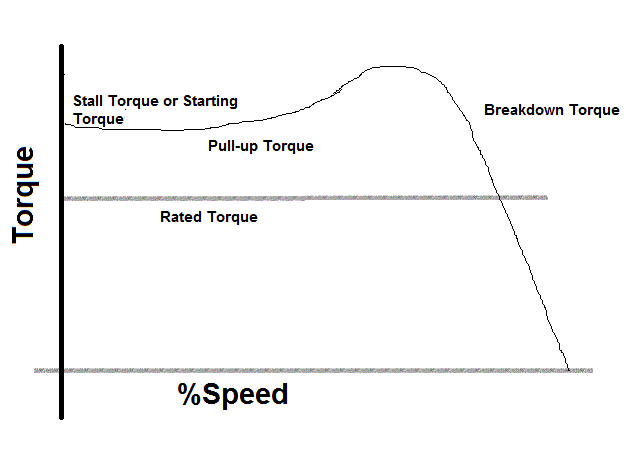An Anti fuse is a device which fuses when there is a high voltage across it. Just as a fuse opens the circuit in the case of an abnormality, the antifuse closes the circuit in the event of an abnormality.
An example of an antifuse can be a serial light connected to the domestic supply voltage. The individual bulbs are not rated for the domestic voltage. However, as they are connected in series, they are able to withstand and function in the domestic supply voltage.
A series of 48 lamps of a rating of 2.5 volts can withstand 120 volts. A series of 96 lamps can withstand 240 volts.
When one lamp in the series fails, there is a risk of the other lamps not getting the supply as the circuit is open circuited.
This is avoided by having an antifuse below the filament which fuses when the bulb filament fails. This happens as the system voltage is applied across the single bulb.
Once the antifuse operates and closes the open circuit, the current flows as usual to the remaining lamps.
In Electronics, antifuses function by modifies the circuit in microchips depending on the logic to be programmed. An antifuse is typically an insulating layer sandwiched between two conducting layers. When the chip is to be programmed, a voltage is impressed across the layer which fuses.

















